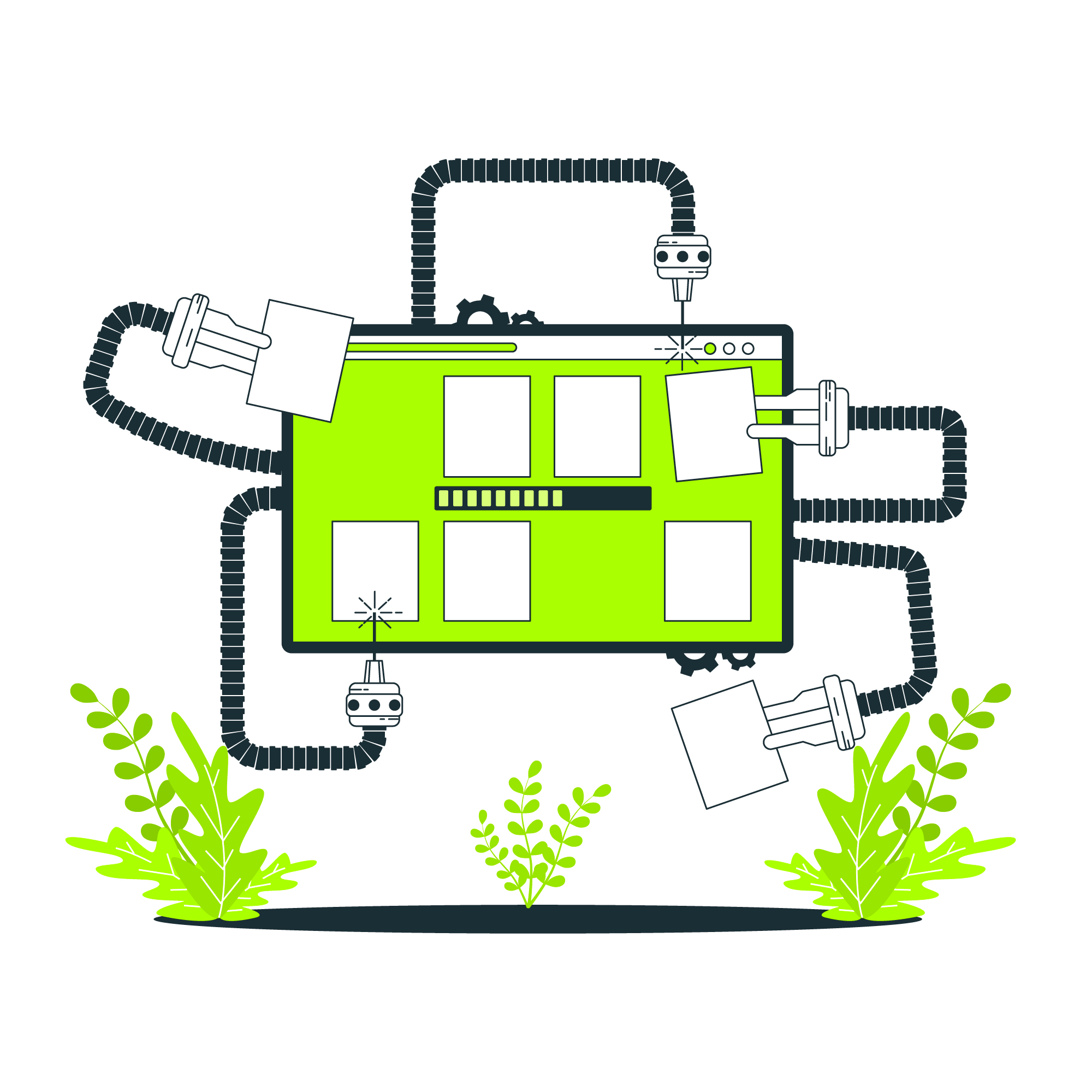Dr. Abdalla
TROUBLESHOOTING, MAINTENANCE FOR 33KV SWITCHGEAR SF6 “SIEMENS”
Dr. Abdalla
TROUBLESHOOTING, MAINTENANCE FOR 33KV SWITCHGEAR SF6 “SIEMENS”
:Price with Tax included
100
SAR
30 Hours -
5 Days
- 2025-01-31
- 8:0
- In person/online
Course description
Course Brief: Troubleshooting and maintenance for a 33kV SF6 switchgear (Siemens) involve several important steps. SF6 (sulfur hexafluoride) gas is used for its excellent insulating and arc-quenching properties, but it requires careful handling during maintenance to ensure safety and reliability. A course on troubleshooting and maintenance for 33kV SF6 switchgear from Siemens typically aims to provide participants with the necessary knowledge and practical skills to ensure safe, efficient, and reliable operation of this equipment. By the end of the course, participants should be well-equipped to handle the installation, operation, troubleshooting, and maintenance of Siemens SF6 switchgear, ensuring its optimal performance and longevity.
Course objectives
At the end of the program, participants will be able to:- At By the end of the course, participants will be able to:
- • Understand the operation and components of 33kV SF6 switchgear
- • Apply troubleshooting techniques to diagnose faults and malfunctions
- • Conduct routine, preventive, and predictive maintenance on SF6 switchgear
- • Follow proper safety protocols and handling procedures for SF6 gas
- • Interpret diagnostic data and take corrective actions effectively
Day 1: Introduction to SF6 Switchgear & Visual Inspection:
- Overview of 33kV SF6 Switchgear
- • Definition and purpose
- • Basic components and functions
- Importance of SF6 in Switchgear
- • Characteristics of SF6 gas
- • Advantages of SF6 over other insulating mediums
- • Environmental considerations and safety
- Visual Inspection
- • Insulation: Check the condition of the SF6 gas tank and its sealings
- • Arc Chambers & Contact Surfaces: Inspect the arc extinguishing chambers and contact surfaces for wear or signs.
- • Busbars and Connections: Check all busbar connections, cables, and busbar support insulators for tightness, corrosion, and damage.
- • SF6 Gas Pressure: Measure the pressure of the SF6 gas.
Day 2: Troubleshooting Techniques
- Common Faults in SF6 Switchgear
- • Insulation failures
- • Gas leaks
- • Contact wear and mechanical faults
- • Malfunction of relays and protection devices
- Diagnostic Methods
- • Visual inspections
- • Gas pressure and SF6 leak detection
- • Temperature and vibration monitoring
- • Electrical testing (e.g., insulation resistance, contact resistance)
- SF6 gas analysis techniques
- • Troubleshooting Tools and Equipment
- • Portable gas analyzers
- • Thermal imaging cameras
- • SF6 leak detectors
- • Pressure gauges and analyzers
Day 3 : Maintenance Procedures
- Routine Maintenance Tasks
- • Checking SF6 gas levels and pressure
- • Inspections for gas leaks and moisture contamination
- • Cleaning of electrical contacts and components
- • Mechanical operations (manual and automated)
- Preventive Maintenance
- • SF6 gas refilling and purging procedures
- • Tightening connections and replacement of worn parts
- • Ensuring correct pressure and gas purity levels
- • Insulating materials inspection
- Predictive Maintenance
- • Vibration analysis and trending
- • Thermal monitoring and infrared scanning
- • SF6 gas quality and moisture content testing
Day 4 : Safety Procedures and Precautions
- Safety Protocols for Handling SF6 Gas
- • Personal protective equipment (PPE)
- • Handling and storage of SF6 gas
- • Handling leaks and emergency response
- Emergency Shutdown Procedures
- • Isolation and de-energization steps
- • Evacuation and first-aid responses
- • Containment and recovery of SF6 gas
- Training and Certifications
- • Safety training for technicians
- • Regulatory standards and compliance
Day 5: Case Studies and Practical Applications
- Real-World Troubleshooting Scenarios
- • Hands-on exercises in diagnosing faults
- • Group discussions on solutions and methods
- Maintenance Best Practices
- • Case studies of successful maintenance projects
- • Lessons learned from real-world challenges
- Documentation and Reporting
- • Maintain proper records of all maintenance actions including gas pressure readings,
- • Document all parts replaced or repaired for future reference.
- Review and Final Assessment



